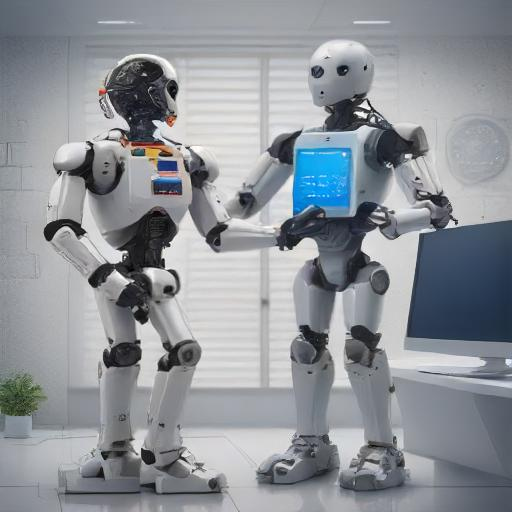Ever since it grew in popularity in 2022 due to the release of ChatGPT, generative AI has been used by many people on a daily basis. My experience with GenAI, like many others, is mainly with coding assistance. I’ve found that, even in the relatively early days two years ago, it could often be used to at least obtain the right syntax for different programming languages, helping immensely when you are used to one but have to use another for any reason. This made me think how I could use Generative AI in order to learn more efficiently.
I have also tried using it for writing in the past. While I feel like it does a very good job at checking for grammatical errors and writing in correct English, it would often say grammatically correct nonsense. While I am aware that the newer GPT 4.0 should be better at this, I personally still distrust it. I feel like for many essays, papers and university assignments, you will get a way better text if you write it yourself. However, if I’m being realistic I’m sure ChatGPT could have written this text better than I did by now. Another area that I could definitely see it being used in, is in language learning. If you ask it to check your texts for grammatical mistakes it could help you see these mistakes and avoid them in the future. Furthermore, I think it can be really advantageous in translating and explaining language concepts about a foreign language that you might not yet understand.
Another use of GenAI however is coding assistance, and here I feel like it can be a really useful learning tool. Much of what I know about R is because of the output chatGPT gave me, which I then read through and tried to understand in order to be able to replicate it myself at a later stage. This proved to be very useful to me personally, and I think generative AI is currently most useful in applications such as this. It really helped me find solutions where I would otherwise be stuck, and thus removed the most frustrating parts of the learning experience.
As for image generation, I feel like there is a big distinction between the free and premium AIs. Some generative AI is currently still really struggling when trying to create details in images such as the number of fingers that people have, while some other programs are able to create very realistic looking deepfakes. These obviously pose a problem, but I do not think that this alone is a reason to stop using Generative AI.
A real issue I think that Generative AI does pose is in taking away the work people have to do themselves. If we rely on Generative AI to do all our writing and creative thinking, it will make it very hard for people to come up with things ourselves and might risk making us lazier. Therefore, I do not think it is smart to rely on Generative AI, but it can be a very useful tool.
To conclude, Generative AI does have many benefits when being used in order to learn. It does however pose the danger that people could become lazy or uncreative due to overreliance on generative AI. I’m wondering what you all think about the usefulness of ChatGPT/other generative AI. What do you use it for and to what extent do you rely on it?


